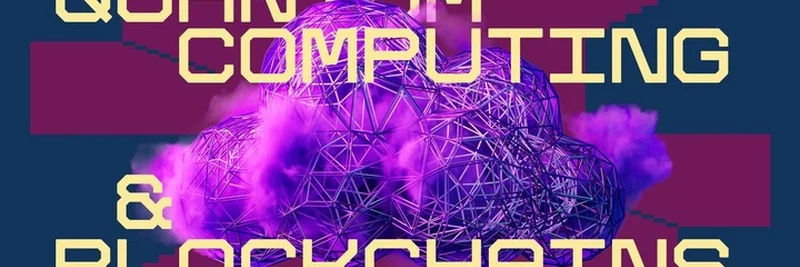In the fast-paced world of crypto, where innovation meets speculation, Hitesh.eth (@hmalviya9) recently dropped a thought-provoking tweet that's got the community buzzing. He pointed out something that's becoming increasingly common: people launching meme tokens on Layer 1 (L1) blockchains originally built for zero-fee stablecoin transfers. He called it a "Pure Extraction Play." Let's break this down and see what it means for meme token enthusiasts and blockchain practitioners.
First off, what's an L1 blockchain? Think of it as the base layer of a blockchain network, like Ethereum or Solana, where all the core transactions happen. Some L1s, like Tron, are optimized for super-low or zero fees, making them ideal for moving stablecoins—digital currencies pegged to real-world assets like the US dollar, such as USDT. These chains are designed for efficient, cost-effective transfers, not necessarily for the wild volatility and hype of meme coins.
But here's where it gets interesting. Meme tokens, those fun, community-driven coins often inspired by internet jokes or trends (think Dogecoin or newer ones like PEPE), are popping up on these platforms. According to Hitesh.eth's tweet, this is "crazy" because it's repurposing tech meant for stable, everyday use into a playground for quick pumps and dumps.
What does "Pure Extraction Play" mean? In crypto slang, an extraction play refers to strategies where creators or early participants extract value quickly, often at the expense of later buyers. This could involve sniping tokens at launch, using bots to front-run trades, or simply hyping a coin to sell off holdings for profit. On zero-fee chains, the low costs make it easier to spam launches, attract liquidity, and exit fast—purely extracting gains without building long-term value.
The replies to his tweet echo this sentiment. One user mentioned Tron specifically, noting it's still primarily used for USDT transfers. Another laughed it off but called it "sad," highlighting the mismatch between the chain's purpose and its current use. Others speculated that every L1 eventually becomes a hub for speculation in disguise.
For meme token fans, this trend could mean more opportunities to jump into new launches with minimal entry barriers. No gas fees mean you can ape in (crypto term for impulsively investing) without worrying about transaction costs eating into your gains. But it's a double-edged sword—higher risk of rugs (when creators pull the liquidity and run) or pure hype without substance.
From a broader blockchain perspective, this shows how adaptable the tech is. Chains built for one thing can evolve (or devolve) into something else based on user behavior. It also raises questions about sustainability: Are we innovating or just chasing the next quick buck?
If you're diving into meme tokens, keep an eye on these low-fee L1s. Tools like DEX screeners on platforms such as DexScreener or Pump.fun can help spot new launches. But remember, as Hitesh.eth implies, not all that glitters is gold—sometimes it's just an extraction play in disguise.
Stay tuned to Meme Insider for more breakdowns on trending tweets, meme token strategies, and the latest in blockchain tech. What's your take on this? Drop a comment below!

